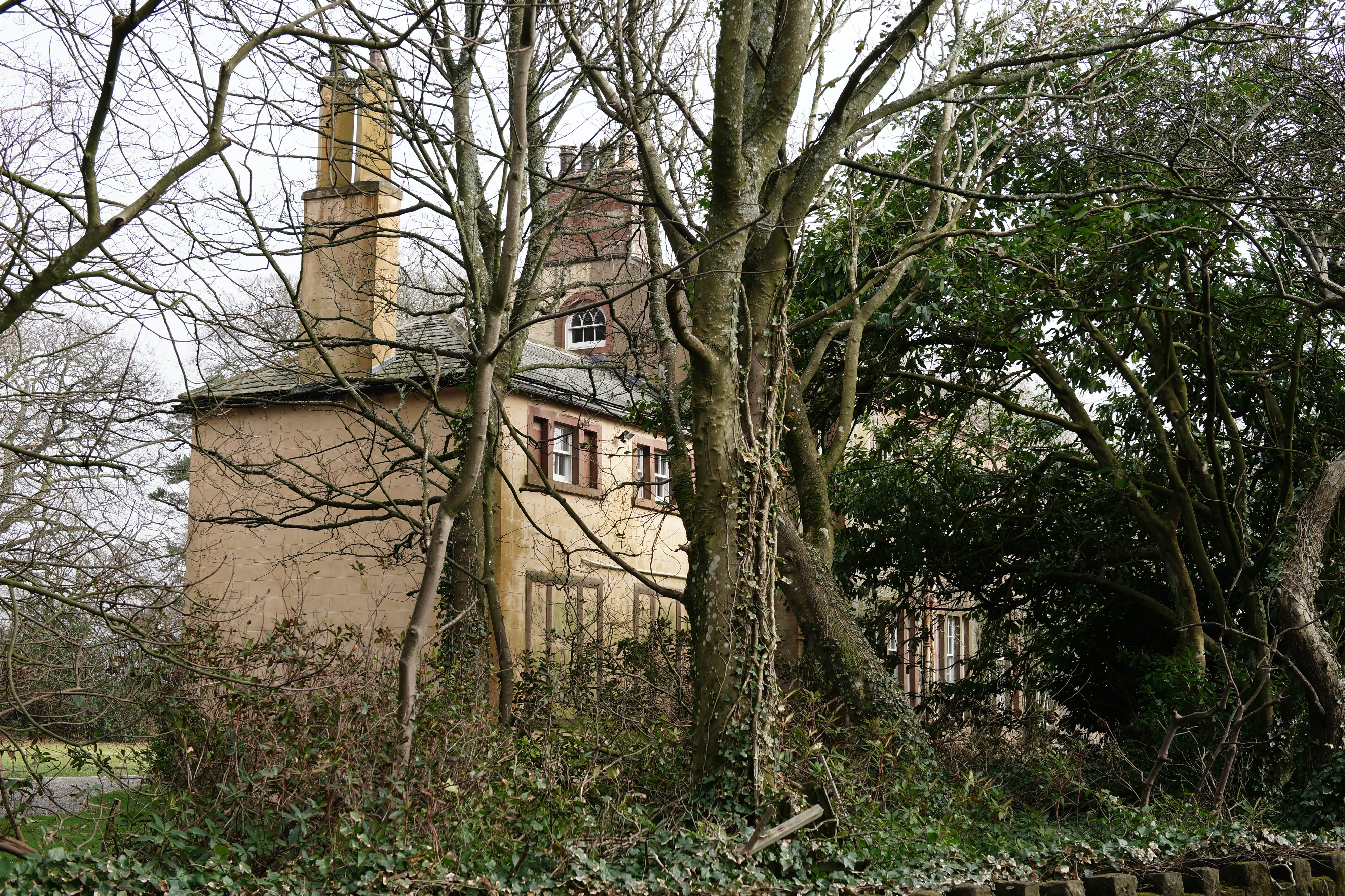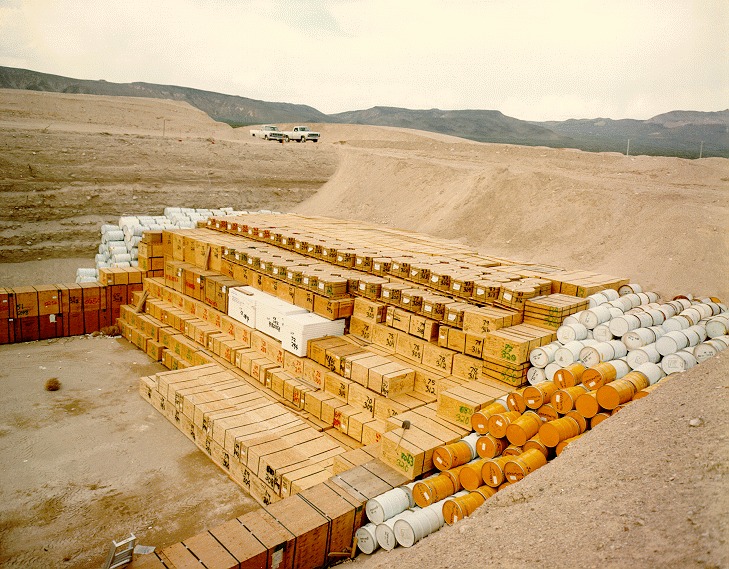|
Carleton, Copeland
Drigg is a village situated in the civil parish of Drigg and Carleton on the West Cumbria coast of the Irish Sea and on the boundary of the Lake District National Park in the Borough of Copeland in the county of Cumbria, England. Drigg and Carleton parish comprises the areas and settlements of Drigg, Stubble Green, Low Moor, Carleton, Saltcoats, Maudsyke, Wray Head, Hallsenna, Holmrook. The civil parish population at the 2011 census was 449. Drigg sits to the north of the River Irt, with Carleton to the south of the river. The river runs from Wastwater lake to the Irish Sea. There are three bridges over the river in the parish; the main bridge is in Holmrook which takes the A595 road over the river. The Cumbrian Coast Line railway crosses the River Irt at the head of the tidal estuary where the Irt joins the River Mite at Ravenglass. There is an old small packhorse bridge in the Drigg Holmes which does not take vehicles. Drigg railway station is on the Cumbrian Coast ... [...More Info...] [...Related Items...] OR: [Wikipedia] [Google] [Baidu] |
Listed Buildings In Drigg And Carleton
Drigg and Carleton is a civil parish located in the Borough of Copeland, Cumbria, England. It contains eight listed buildings that are recorded in the National Heritage List for England. All the listed buildings are designated at Grade II, the lowest of the three grades, which is applied to "buildings of national importance and special interest". The parish contains the villages of Drigg and Holmrook Holmrook is a linear village in the English county of Cumbria. It lies along the A595 road on the west banks of the River Irt. The B5344 road connects it to Drigg, with its railway station less than two miles to the west. Two miles north- ... and the surrounding countryside. All the listed buildings are houses or farmhouses and associated structures. __NOTOC__ Buildings References Citations Sources * * * * * * * * * * {{DEFAULTSORT:Drigg and Carleton Lists of listed buildings in Cumbria ... [...More Info...] [...Related Items...] OR: [Wikipedia] [Google] [Baidu] |
Sellafield
Sellafield is a large multi-function nuclear site close to Seascale on the coast of Cumbria, England. As of August 2022, primary activities are nuclear waste processing and storage and nuclear decommissioning. Former activities included nuclear power generation from 1956 to 2003, and nuclear fuel reprocessing from 1952 to 2022. Reprocessing ceased on 17 July 2022, when the Magnox Reprocessing Plant completed its last batch of fuel after 58 years of operation. The licensed site covers an area of , and comprises more than 200 nuclear facilities and more than 1,000 buildings. It is Europe's largest nuclear site and has the most diverse range of nuclear facilities in the world situated on a single site. The site's workforce size varies, and before the COVID-19 pandemic was approximately 10,000 people. The UK's National Nuclear Laboratory has its Central Laboratory and headquarters on the site. Originally built as a Royal Ordnance Factory in 1942, the site briefly passed in ... [...More Info...] [...Related Items...] OR: [Wikipedia] [Google] [Baidu] |
Radioactive Waste
Radioactive waste is a type of hazardous waste that contains radioactive material. Radioactive waste is a result of many activities, including nuclear medicine, nuclear research, nuclear power generation, rare-earth mining, and nuclear weapons reprocessing. The storage and disposal of radioactive waste is regulated by government agencies in order to protect human health and the environment. Radioactive waste is broadly classified into low-level waste (LLW), such as paper, rags, tools, clothing, which contain small amounts of mostly short-lived radioactivity, intermediate-level waste (ILW), which contains higher amounts of radioactivity and requires some shielding, and high-level waste (HLW), which is highly radioactive and hot due to decay heat, so requires cooling and shielding. In nuclear reprocessing plants about 96% of spent nuclear fuel is recycled back into uranium-based and mixed-oxide (MOX) fuels. The residual 4% is minor actinides and fission products the latte ... [...More Info...] [...Related Items...] OR: [Wikipedia] [Google] [Baidu] |
United Kingdom Atomic Energy Authority
The United Kingdom Atomic Energy Authority is a UK government research organisation responsible for the development of fusion energy. It is an executive non-departmental public body of the Department for Business, Energy and Industrial Strategy (BEIS). The authority focuses on United Kingdom and European fusion energy research programmes at Culham in Oxfordshire, including the world's most powerful operating fusion device, the Joint European Torus (JET). The research aims to develop fusion power as a commercially viable, environmentally responsible energy source for the future. record59 megajoules of sustained fusion energy was demonstrated by scientists and engineers working on JET in December 2021. United Kingdom Atomic Energy Authority owns the Culham Science Centre and has a stake in the Harwell Campus, and is involved in the development of both sites as locations for science and innovation-based business. On its formation in 1954, the authority was responsible for the ... [...More Info...] [...Related Items...] OR: [Wikipedia] [Google] [Baidu] |
Low-level Waste
Low-level waste (LLW) or Low-level radioactive waste (LLRW) is nuclear waste that does not fit into the categorical definitions for intermediate-level waste (ILW), high-level waste (HLW), spent nuclear fuel (SNF), transuranic waste (TRU), or certain byproduct materials known as 11e(2) wastes, such as uranium mill tailings. In essence, it is a definition by exclusion, and LLW is that category of radioactive wastes that do not fit into the other categories. If LLW is mixed with hazardous wastes as classified by RCRA, then it has a special status as mixed low-level waste (MLLW) and must satisfy treatment, storage, and disposal regulations both as LLW and as hazardous waste. While the bulk of LLW is not highly radioactive, the definition of LLW does not include references to its activity, and some LLW may be quite radioactive, as in the case of radioactive sources used in industry and medicine. LLW includes items that have become contaminated with radioactive material or have be ... [...More Info...] [...Related Items...] OR: [Wikipedia] [Google] [Baidu] |
Nuclear Decommissioning Authority
The Nuclear Decommissioning Authority (NDA) is a non-departmental public body of the Department for Business, Energy and Industrial Strategy, formed by the Energy Act 2004. It evolved from the Coal and Nuclear Liabilities Unit of the Department of Trade and Industry. It came into existence during late 2004, and took on its main functions on 1 April 2005. Its purpose is to deliver the decommissioning and clean-up of the UK's civil nuclear legacy in a safe and cost-effective manner, and where possible to accelerate programmes of work that reduce hazard. The NDA does not directly manage the UK's nuclear sites. It oversees the work through contracts with specially designed companies known as site licence companies. The NDA determines the overall strategy and priorities for managing decommissioning. Although the NDA itself employs about 250 staff, its subsidiaries employ about 15,000 staff across the NDA estate. Its annual budget is £3.2billion, the vast majority of which is spent ... [...More Info...] [...Related Items...] OR: [Wikipedia] [Google] [Baidu] |
Royal Ordnance Factory
Royal Ordnance Factories (ROFs) was the collective name of the UK government's munitions factories during and after the Second World War. Until privatisation, in 1987, they were the responsibility of the Ministry of Supply, and later the Ministry of Defence. Origin Prior to the 1930s, Britain's ordnance manufacturing capability had been concentrated within the Royal Arsenal, Woolwich. In the late nineteenth century, the term 'Royal Ordnance Factories' began to be used collectively of the manufacturing departments of the Arsenal (principally the Royal Laboratory, Royal Gun Factory and Royal Carriage Works) which, though they shared the same site, operated independently of one another. This use of the term is seen in the name of the Royal Ordnance Factories Football Club (founded 1893) and it continued through the First World War. The emerging threat of aerial bombing, however, prompted the government to consider dispersing its ordnance factories around the country. Development ... [...More Info...] [...Related Items...] OR: [Wikipedia] [Google] [Baidu] |
North West England (European Parliament Constituency)
North West England was a constituency of the European Parliament. From the 2009 elections it elected 8 MEPs using the D'Hondt method of party-list proportional representation, until the UK exit from the European Union on 31 January 2020. Boundaries The constituency corresponded to the North West England region of the United Kingdom, comprising the counties of Cheshire, Cumbria, Greater Manchester, Lancashire and Merseyside. History Following the passing of the European Parliamentary Elections Act 1999, the North West of England formed one constituency from which candidates are elected using the D'Hondt method The D'Hondt method, also called the Jefferson method or the greatest divisors method, is a method for allocating seats in parliaments among federal states, or in party-list proportional representation systems. It belongs to the class of highe .... In the election preceding that Act, MEPs were elected by the first-past-the-post method in single-member constitue ... [...More Info...] [...Related Items...] OR: [Wikipedia] [Google] [Baidu] |
Brexit
Brexit (; a portmanteau of "British exit") was the withdrawal of the United Kingdom (UK) from the European Union (EU) at 23:00 GMT on 31 January 2020 (00:00 1 February 2020 CET).The UK also left the European Atomic Energy Community (EAEC or Euratom). The UK is the only sovereign country to have left the EU or the EC. Greenland left the EC (but became an OTC) on 1 February 1985. The UK had been a member state of the EU or its predecessor the European Communities (EC), sometimes of both at the same time, since 1 January 1973. Following Brexit, EU law and the Court of Justice of the European Union no longer have primacy over British laws, except in select areas in relation to Northern Ireland. The European Union (Withdrawal) Act 2018 retains relevant EU law as domestic law, which the UK can now amend or repeal. Under the terms of the Brexit withdrawal agreement, Northern Ireland continues to participate in the European Single Market in relation to goods, and to be a ... [...More Info...] [...Related Items...] OR: [Wikipedia] [Google] [Baidu] |
Member Of Parliament
A member of parliament (MP) is the representative in parliament of the people who live in their electoral district. In many countries with Bicameralism, bicameral parliaments, this term refers only to members of the lower house since upper house members often have a different title. The terms Member of Congress, congressman/congresswoman or Deputy (legislator), deputy are equivalent terms used in other jurisdictions. The term parliamentarian (other), parliamentarian is also sometimes used for members of parliament, but this may also be used to refer to unelected government officials with specific roles in a parliament and other expert advisers on parliamentary procedure such as the Senate Parliamentarian in the United States. The term is also used to the characteristic of performing the duties of a member of a legislature, for example: "The two party leaders often disagreed on issues, but both were excellent parliamentarians and cooperated to get many good things done." ... [...More Info...] [...Related Items...] OR: [Wikipedia] [Google] [Baidu] |

.jpg)


